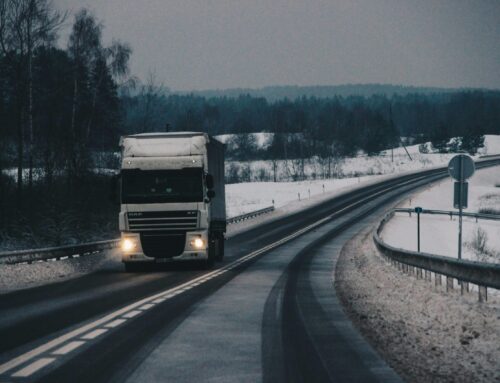A closed-loop supply chain is where companies reuse or recycle materials after use instead of single-use delivery mechanics. This differs from a traditional supply chain that is a straight line leading right to customers, with no delivery materials returning to the company. The implementation of a closed-loop delivery system can help usher companies into the era of zero-waste and cost-efficiency.
Now that you know what a closed-loop system is, why should your company switch from a traditional model to this? Cost and environmental impacts make the biggest difference when switching to this model but public opinion is an ever-growing factor in today’s market.
For this analysis, we will be using a frozen food-based example to describe the differences between a traditional supply chain and a closed-loop supply chain.
Cost
“Sourcing value increases with savings from the reduction of direct costs and the sale of recovered outputs. This value increase not only incorporates the secondary sale of recovered products but also the minimized need for new materials and inputs.”Simply put, you’ll save more money reusing materials than buying new materials. Sourcing materials in the current market is incredibly difficult and expensive, with supply chain setbacks and inflation both making an impact on market sales. For example, a tote with a phase change material (PCM) freezer pack from Thermal Custom Packaging costs $365.60,While a disposable tote or cardboard box filled with dry ice would cost approximately $6.57 per unit. In total, you could only make 55 shipments in a disposable package filled with dry ice for the cost of over 1,000 shipments using a tote and PCM from Thermal Custom Packaging.
The price difference is notable when you realize that in a traditional system, you are buying materials for every single sale, while in a closed-loop system, it’s an upfront cost with reusability for over 5 years.
Environmental
Single-use plastics take up 18.5% of all landfills. The Traditional system contributes to this by utilizing single-use packaging to send to customers where the customers then have to dispose of the packaging.
Depending on the industry, the waste and products used for a traditional system will vary, but the waste will always be more prevalent than with a closed-loop system. Continuing with our frozen food delivery example, dry ice is incredibly wasteful and hazardous. For starters, one pound of dry ice will last just four hours in a shipping container. Throughout those four hours, the dry ice is losing potency, making the environment’s temperature within the packaging vary, which can result in irregular temperatures for the temperature-sensitive materials being transported.
In comparison, PCMs do not lose their potency and can remain frozen for up to 48 hours at a steady temperature, depending on the needs of the temperature-sensitive items e, Frozen temperatures aren’t the only option, either. PCMs can be formulated to achieve and maintain 0°C (32°F), refrigerated; -7°C (19.4°F), frozen; -16°C (3.2°F) frozen; and -21°C (-5.8°F), ultra-cold temperatures.
The difference alone for a closed-loop system means 12 fewer bags of dry ice need to be used for a single delivery, based on a 48-hour delivery schedule. Most deliveries will not be this long, but a PCM will be returned to the company for reuse, whereas the dry ice will evaporate.
Public Opinion
Based on a survey of 1,000 U.S. adults, 69 percent say a product’s environmental impact is important to their purchasing decision. Younger generations specifically are more likely to buy from brands that are environmentally conscious. A closed-loop system is one of the best ways to show customers that your company is up-to-date with the current economic practices.
According to Forbes, nearly 90% of Gen X consumers said that they would be willing to spend an extra 10% or more for sustainable products. This is a large percentage of customers willing to spend more for the same products you already have if you switch to a more sustainable practice.
How Does My Company Make The Switch?
Making the switch can be fairly easy depending on the size of your company. The most important decision when transitioning to a closed-loop system is ensuring that your packaging and refrigerant are reliable and reusable.
TCP has been replacing dry ice and wet ice for some of the largest frozen food and grocery companies in the world with a sustainable, green, and reusable solution using a non-toxic and non-hazardous PCM freezer pack and a recyclable carrying tote.
To learn more about phase change materials and totes to get started on your closed-loo[ journey, visit www.thermalcustompackaging.com



